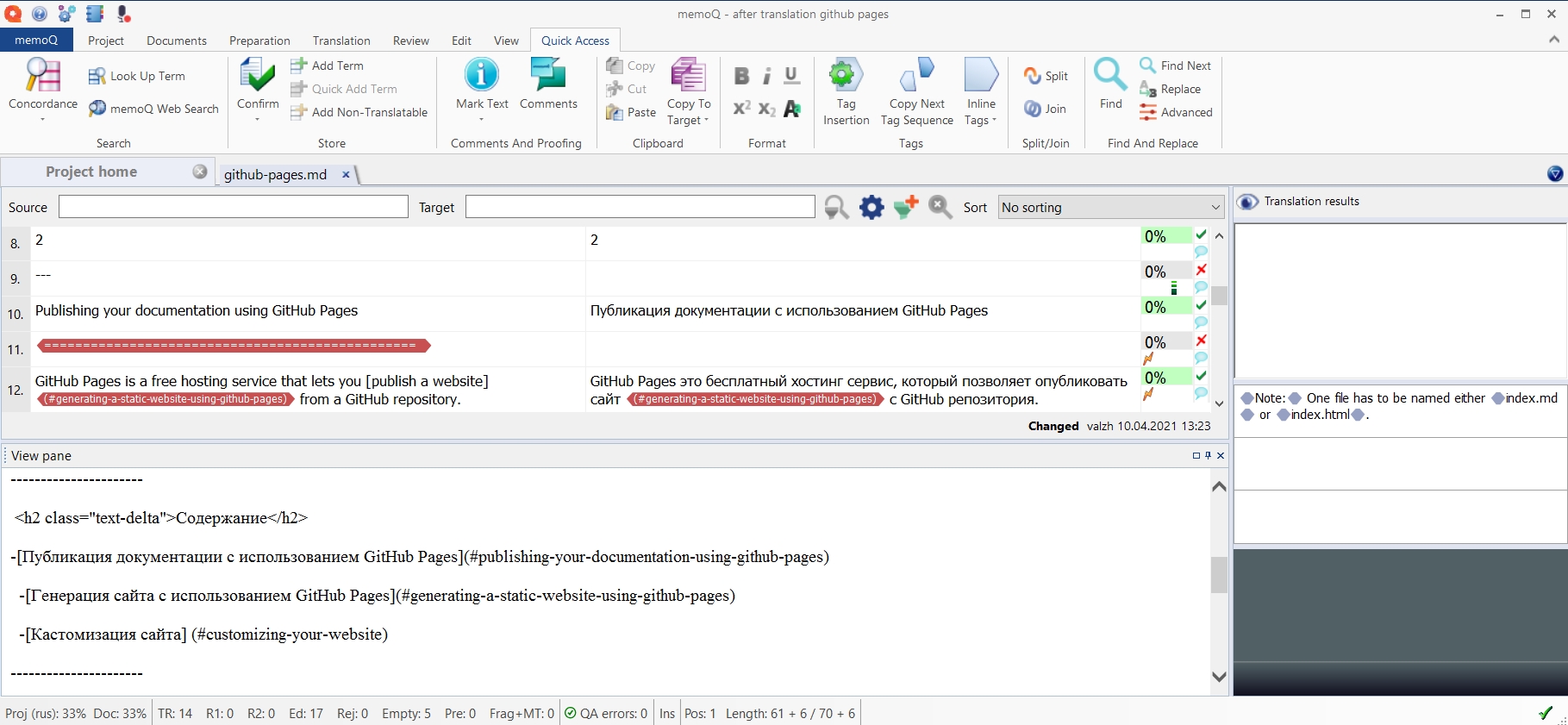Localization and memoQ
Many people think that localization is mainly connected with translation. But technical writing may be closely related to it as well. Localization, in this case, is the adaptation of your documentation to the culture of the targeting country.
Localization
Localization is the adaptation of your documentation to the culture of the targeting country. It is a bridge between the cultures. If your product is going to enter the market in another country, you should write in a manner that will enable the translators to make your texts suitable for a foreign culture. This is an additional responsibility for technical writers. It might seem surprising, but localization takes place not only when we talk about cultures as different as Europe and Asia. Localization takes place as well in the documents that come from the USA to Great Britain and vice versa, or Spanish speaking countries, etc. The language might be the same, but due to local particularities, it needs adaptation.
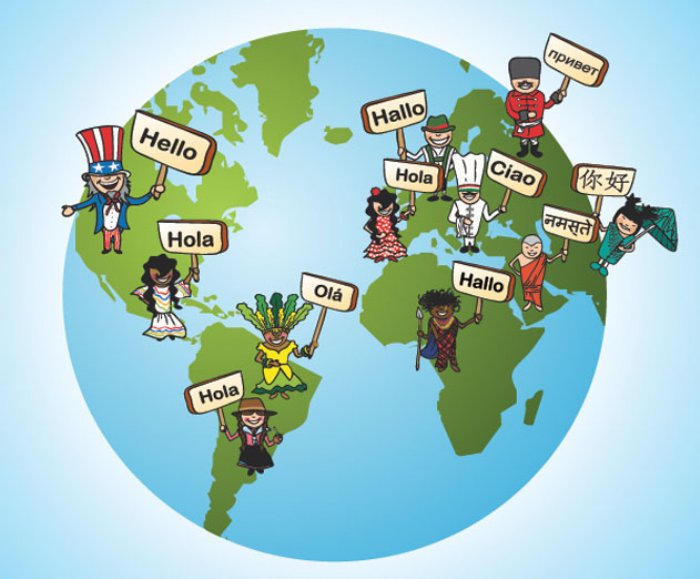
Localization in documentation may touch only the most obvious things like date format, currency, measurements, and other small inconsistencies. At the same time, localization may have a deeper character adapting more global things like the questions of rhetoric.
So, what should a technical writer bear in mind writing documentation for a foreign market?
-
Additional space. As a rule, companies want the documents in different languages to be identical and to look in the same way. It is easier for the readers to navigate and find the page or passage they need. This is a challenging thing to make the documents identical. You should be ready that your text in another language may become longer. Sometimes, this difference may be crucial. The text simply will not fit the layout. The best idea is to use additional space in the original document so that the new text does not ruin the whole document.
-
Wise font choice. Fonts are not universal for all the languages. Not all fonts are suitable for Asian languages, for example. The same can be said about many other languages. So, to avoid problems here, you should choose your fonts carefully. Make sure that your fonts are suitable for all the languages that are going to be used in your documents. Besides, you should limit the number of fonts you use for documentation. This will contribute to simplicity, as well.
-
Careful use of abbreviations and acronyms. They both can be a stumbling point of translators and technical communicators. A correct way out is to use a full version when they are going to be mentioned in the text for the first time. Then you can use a short version.
-
Separate use of text and visuals. When visuals contain text, that might be a problem. Technical writers or translators will have to prepare new ones with the proper text. Again that might affect the layout if the size of the visuals is wrong. It is better to avoid it and separate the visual materials from the text.
-
Attention to detail. One should keep in mind that the smallest details may affect the image of the product. For example, the choice of colors. In different cultures, they are perceived differently and have different meanings.
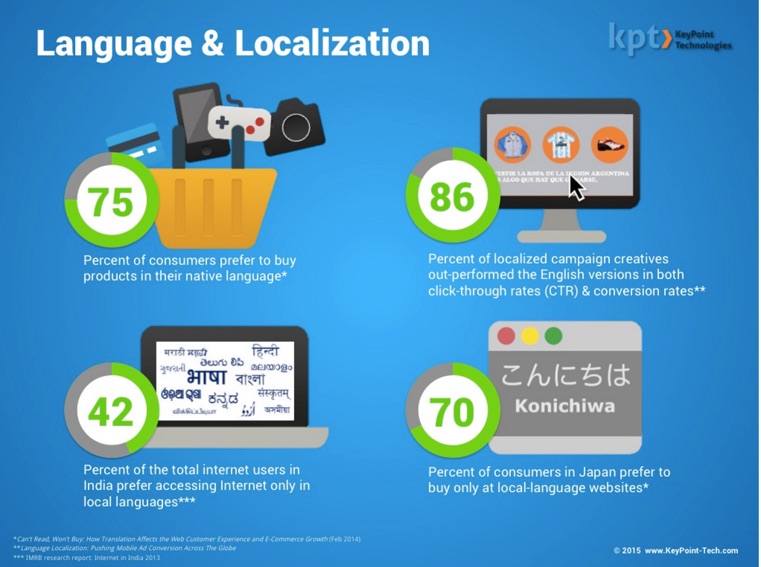
Poor localization spoils the image of the product on the market and creates a feeling of awkwardness. It all starts with misunderstanding between the cultures. That is a great deal of work to represent the product in the correct way, and if you are going to create documentation that will be translated into other languages, you can improve the results greatly if you know what may cause problems.
CAT tools
The “CAT” in CAT tool stands for “Computer Aided Translation” or “Computer Assisted Translation” but, as you might already know, it doesn’t mean that a computer is actually completing the translation for you. CAT tools are different than “machine translation” – they assist a human translator in doing their work more quickly and in managing their translation projects. CAT tools typically contain a translation memory, which stores previous source and target translations for easy reference while working. Term bases are also an integral part of translation tools, giving translators the ability to develop their own bilingual glossaries in their subject areas.
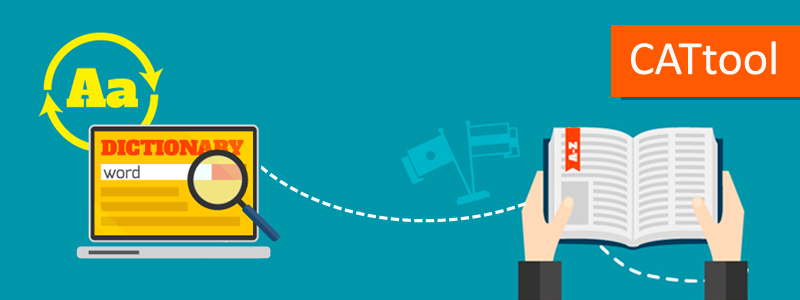
CAT tools can include a wide range of different features. Some can work with different types of documents, such as Powerpoint presentations, without need to convert the text to a different file format. Some provide access to online terminology databases or help the translator to better manage translation memories. Some are software-based and some operate entirely in the cloud.
There is an incredible variety of CAT tools available on the market. As a translator, you could go crazy trying to find the perfect CAT tool, but really there is no single perfect CAT tool. Your choice will depend on a number of factors.
memoQ
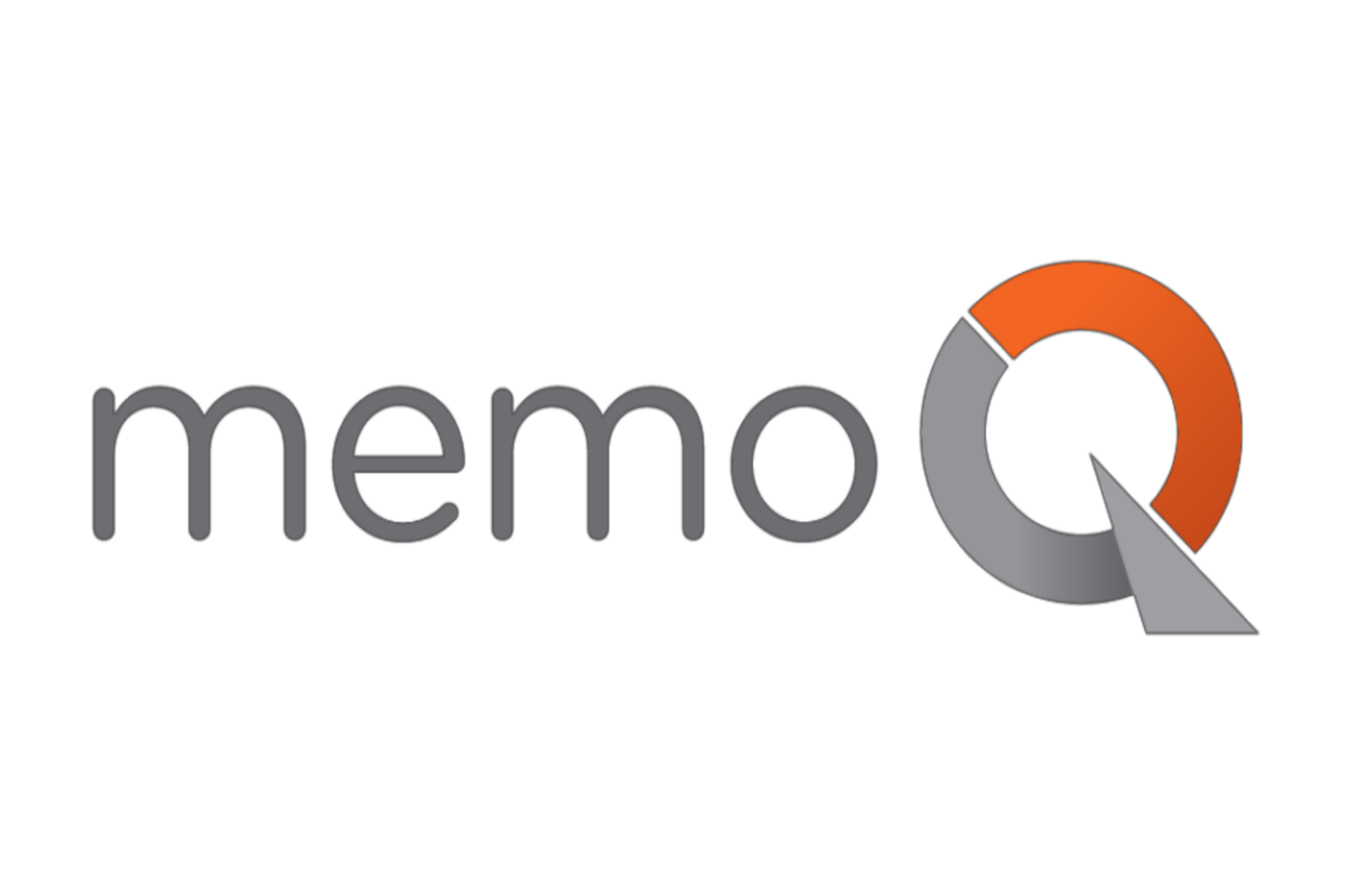
memoQ is a CAT tool. It is a complete translation software solution for translating, managing terminology, editing, and running LQA. It has some useful extras such as the translation preview pane that allows you to see the segment you are translating in-context. memoQ has a free version that is suitable for personal use or small projects, and the pro version is available with a perpetual license.
